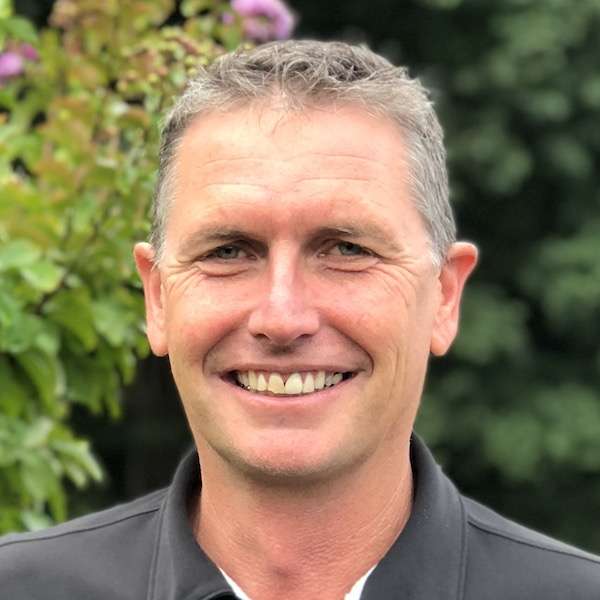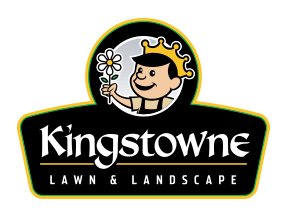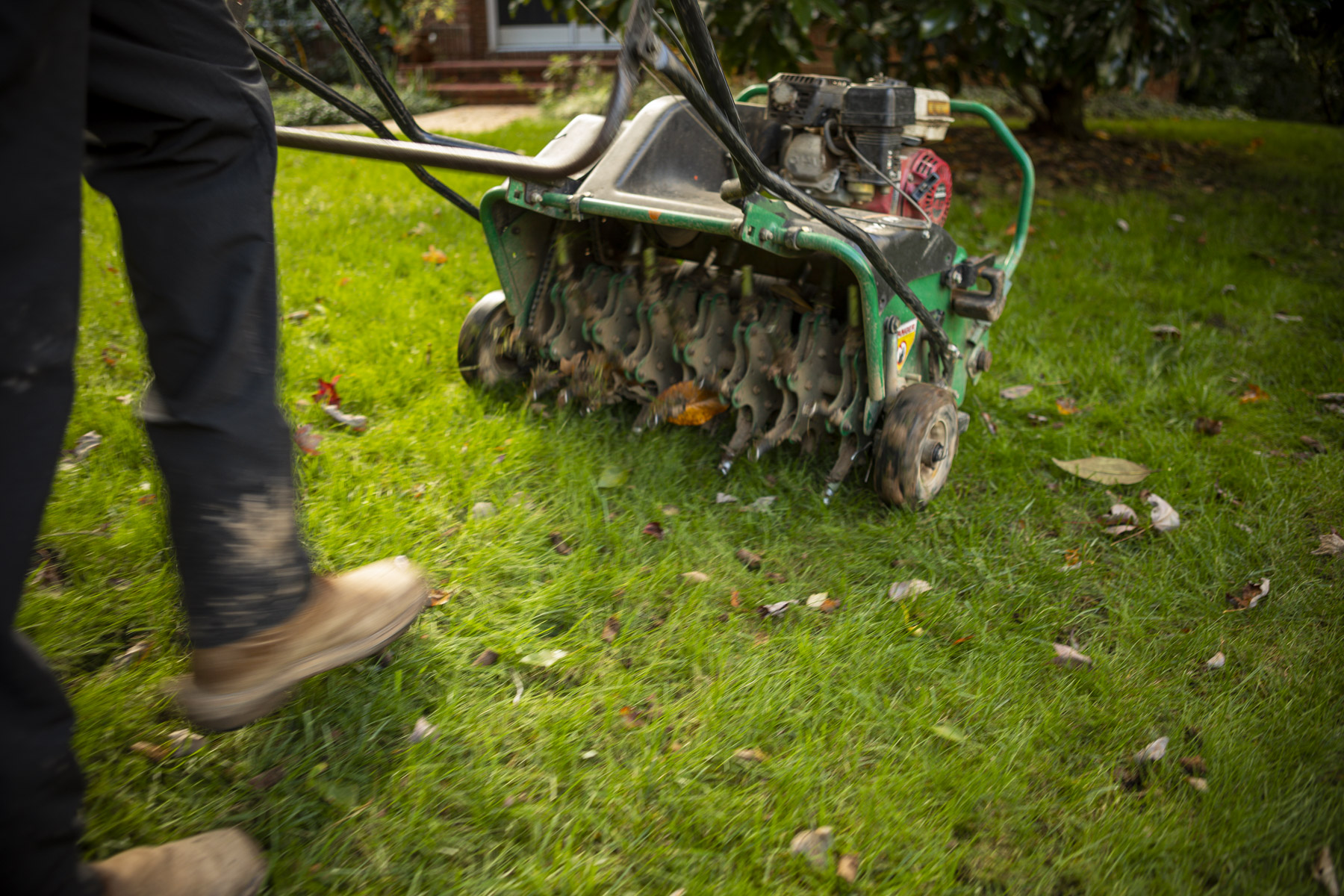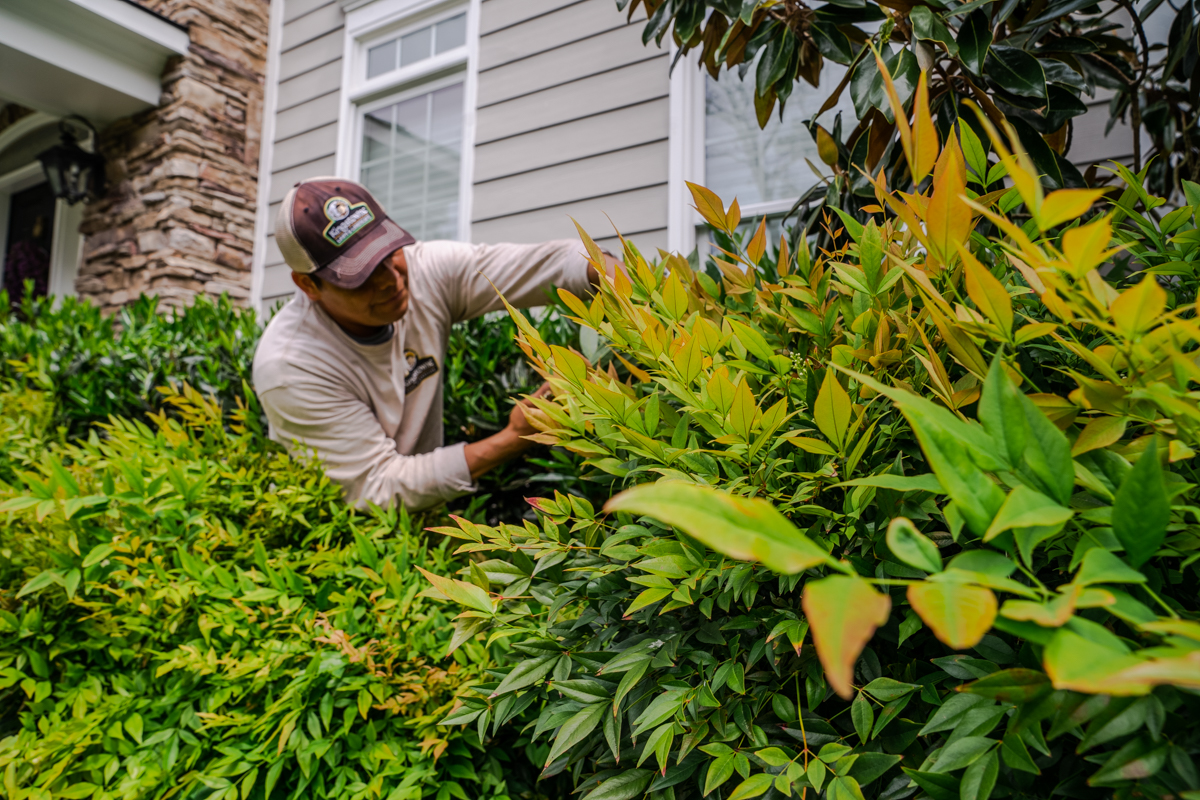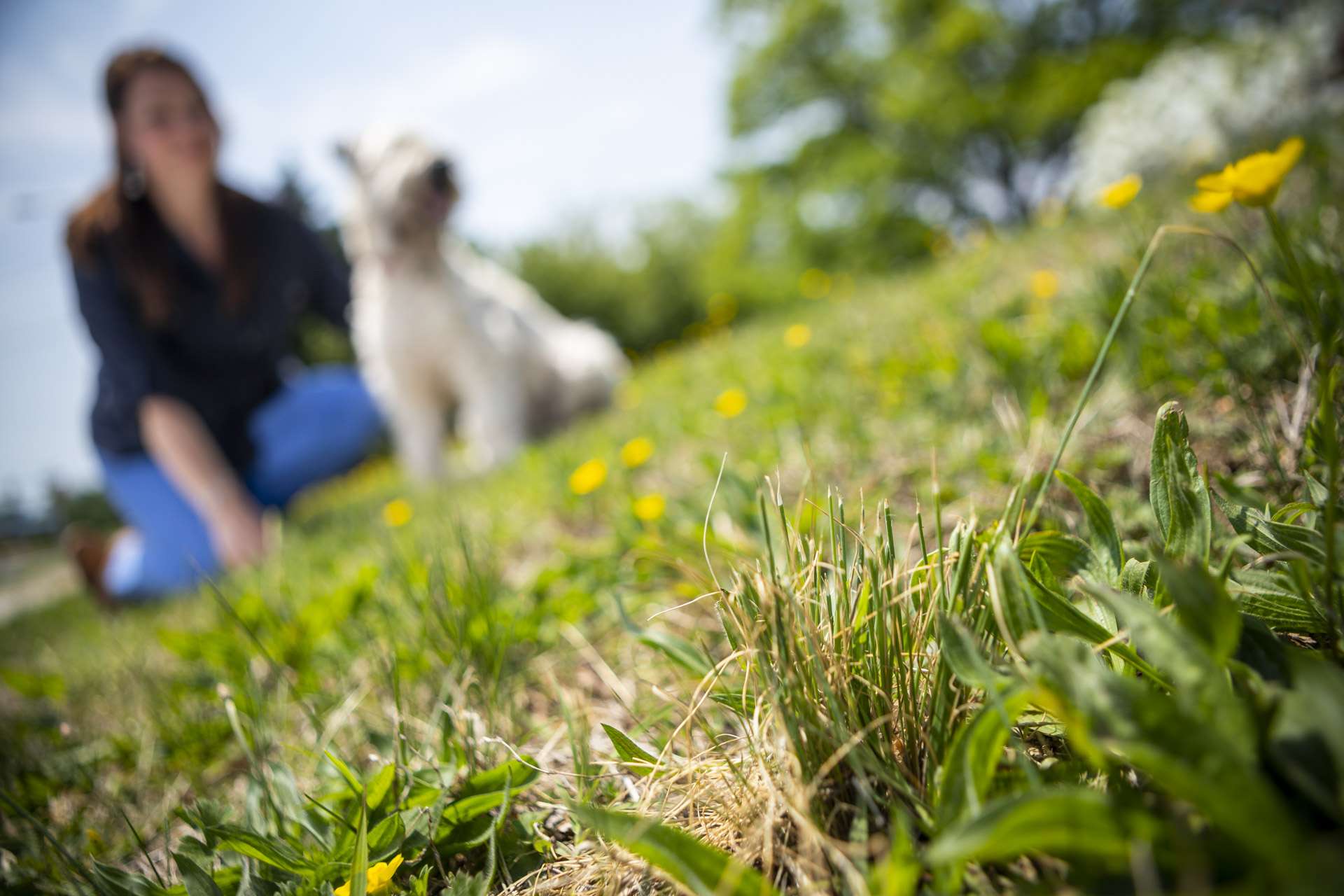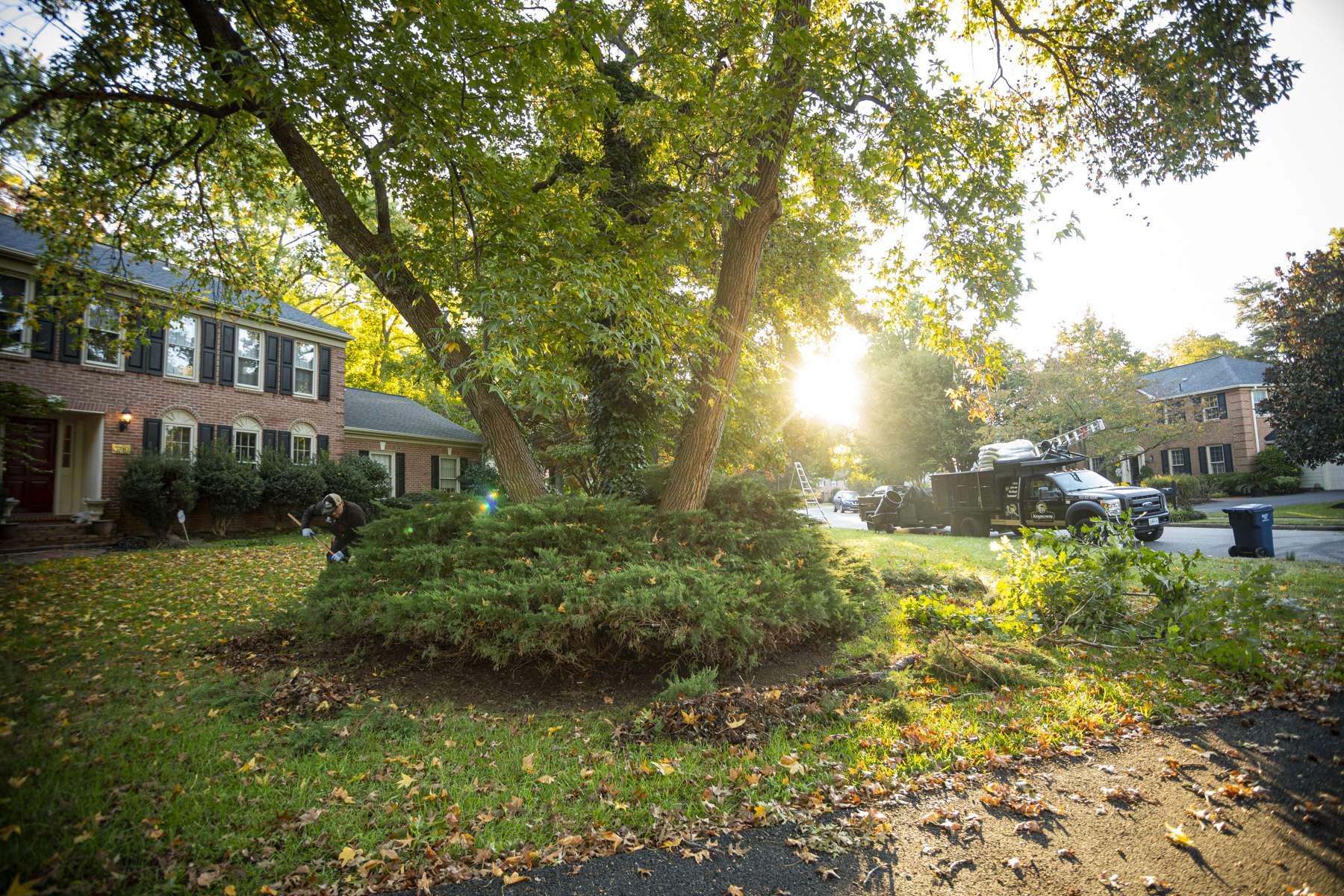Flowering bulbs such as daffodils, tulips, and hyacinth are a great and welcoming way to usher in spring with a splash of color. There is still time to ensure blooms return strong & healthy next year. It is possible that after a couple of years in the ground, bulb flower production diminishes. You may see more leaves than flowers. The culprit for this happening? More than likely, it is the bulb’s age.
As bulbs age, baby bulbs (offsets) develop on the side of the main bulb. As it continues to produce additional offsets, you are left with many varying sized bulbs packed into a very small space. These bulbs are all feeding off the energy supplied by the main bulb.
These baby bulbs will not flower until a certain size is reached. Packed together, the bulbs struggle to reach that size. The result: few, if no blooms and lots of leaves.
How do you go about addressing the bulbs and producing more flowers? Dig up the bulbs, knock off the soil and place the bulbs on a tray (with leaves left if still present as this is where bulbs get energy). Plastic trays from nurseries or garden centers work well if handy. Optimum storage for bulbs is 75% humidity and 60˚ F temperatures. When the leaves have browned & dried completely, remove them and inspect the bulb mass, separating all the baby bulbs. The youngest ones are spoon-shaped. The older ones are more round and if large enough, will have one or more flower buds.
Place your new collection of bulbs in storage until time to replant in the fall. With good conditions, a spoon-shaped baby bulb becomes a small flowering bulb after a year. In another year that small flowering bulb can make two flower buds. After another year, the "double-nose" is making offsets of its own.
What to do with any extra bulbs you accumulate? Share them with neighbors and spread the color!
